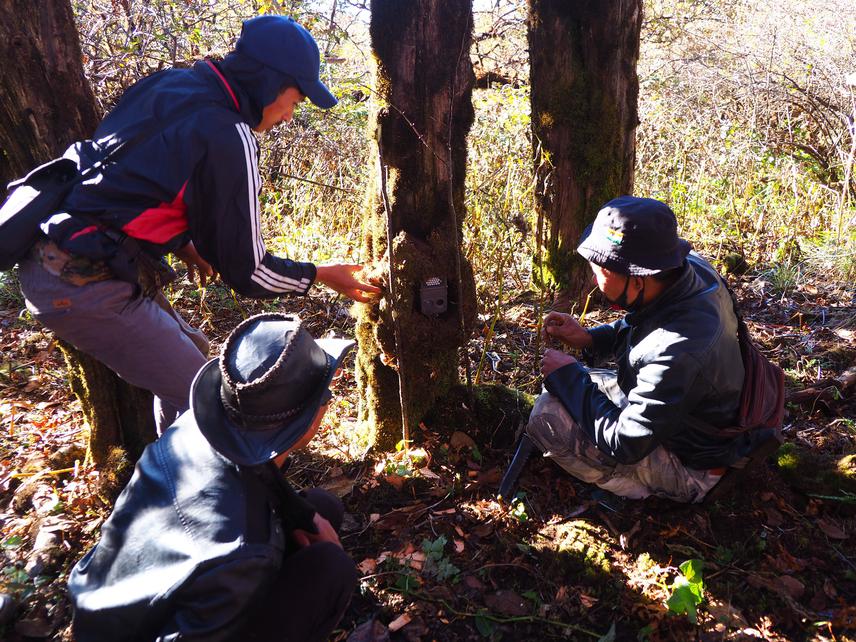Satemmenla Longchar
Our project investigate how wild mammal occupancy and activity patterns are affected by different land use and hunting patterns in Nagaland, India- an area rich in biodiversity but extremely poorly studied. Using non-invasive techniques, passive acoustic monitoring and socioeconomic surveys, we will extract information regarding wildlife abundance, occupancy, consumption, hunting, and the value of conservation to the local Naga communities. From this project, we hope to understand drivers of wildlife and habitat loss in Nagaland and more broadly and engage tribal communities towards nature conservation and generate interest to conserving wildlife in such unique landscape and forest management.

This research study will be conducted in the state of Nagaland, India, where it follows a unique conservation management system, 11% of the total forest cover owned by the government and the rest managed by tribal communities. Nagaland state is highly dependent on the forest for agricultural and other forest products and activities such as habitat modification and rampant hunting places huge pressure on wildlife survival. The project locations of our research belong to indigenous Naga communities. Here, hunting is a traditional practice and given the remoteness of the study sites, it is difficult to access the protein requirements of the village communities. This has led to unsustainable and unmanageable hunting practices, leading to the loss of many endemic and endangered species. Mostly without their knowledge on the ecology or status of the species.
Our research study will focus on the removal patterns of species via hunting by identifying the species that are hunted, and the hunter’s and community’s prey preferences in Nagaland. Here, we will look at the economic drivers of hunting, the threat hunting poses to wildlife and document the areas preferred by the hunters, using passive acoustic monitoring (for gunshots), sign surveys and camera trapping.
From this study, we aim to gather information on unsustainable use of forest products in Nagaland and aid in planning efforts in preventing unsustainable harvesting and better monitoring of illegal wildlife activities. The study will produce risk maps of hunting activities and the species hunted, which will provide us an important conservation tool to monitor areas of high illicit activity. It will also assist the forest managers in prioritizing protective measures in the areas most affected.
In addition, this study will target local community members to learn about environmental values and the importance of wildlife conservation in their lives, while simultaneously changing the attitudes of villagers towards wildlife. We will also involve various genres of audiences: the scientific community, conservation managers, tribal communities, and school children-particularly government schools and churches, to engage in the participation of conservation and nature education activities.